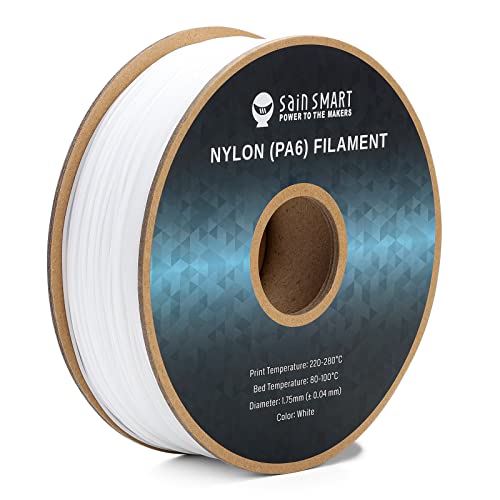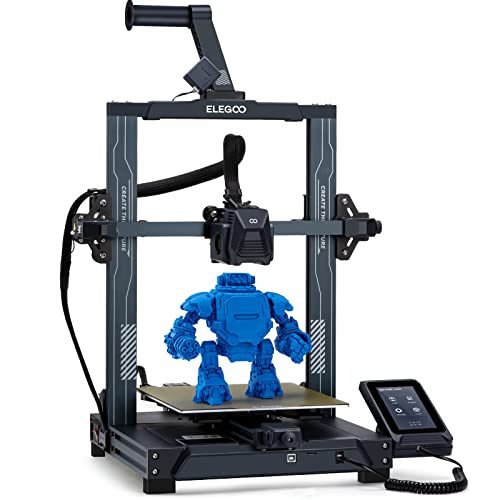Jumping into the world of 3D printing might feel a bit overwhelming at first, but it's actually pretty simple when you break it down. For anyone looking to get their feet wet with 3D printers for beginners, it all starts with understanding what you want to create. Do you want to print toys, tools, or maybe even artwork? Knowing your goals will help you choose the right printer.
Next up, let's talk about the different types of 3D printers. FDM (Fused Deposition Modeling) printers are the most common for beginners. They melt plastic filament and layer it to build your model. They're usually affordable and user-friendly. If you're feeling adventurous, you can also explore resin printers. They use liquid resin and are great for fine details, but they might come with a steeper learning curve and cleanup process.
Once you've picked your printer, you'll want to get familiar with slicing software. This is where you take your 3D model and prepare it for printing. Software like Cura or PrusaSlicer is beginner-friendly and can help you adjust settings for the best results. You can find tons of models online to print, so dive into places like Thingiverse or MyMiniFactory for inspiration.
Don't forget about materials. As a beginner, you'll mostly be working with PLA filament since it's easy to use and doesn't require a heated bed. It’s less likely to warp and perfect for fun, quick projects. As you get more comfortable, you can explore other materials to see what fits your needs best.
Getting started with 3D printers for beginners is all about experimenting and having fun. Don’t worry about making mistakes; that’s part of the learning process. Set up your printer, pick a model, and start creating. You'll be surprised at how rewarding it is to hold a physical object that you designed or downloaded just a few hours earlier!
Choosing Your First 3D Printer
Picking your first 3D printer can feel a bit overwhelming, but it shouldn't be! With so many options available, it’s all about what fits your needs. Are you looking to create cool gadgets, art, or maybe even prototypes? Knowing what you want to make will help you choose the right machine.
When it comes to 3D Printers for Beginners, you’ll want to consider a few key factors:
It’s also important to think about the materials you'll want to use. Most beginner printers work with PLA filament, which is easy to print with and eco-friendly. As you get more comfortable, you can explore other materials like PETG or ABS for different projects.
Don't forget to check the printer’s build size too. If you want to create larger pieces, look for a printer with a bigger build volume. But if you're just starting, a smaller one might be perfect for practicing your skills without wasting materials.
SainSmart 1.75mm Nylon Filament for 3D Printers
High-quality nylon filament perfect for your 3D printers
Product information
€32.13 €28.91
Product Review Score
4.52 out of 5 stars
114 reviewsProduct links
Essential Features to Look For
When diving into the world of 3D printers for beginners, there are a few essential features you can’t overlook. First up is the build volume. This is the maximum size of the object you can print. If you plan to create larger items or multiple smaller pieces at once, you’ll want a printer with a generous build volume. Look for models that give you ample space without cramping your creative style.
Next, consider the type of printer. FDM (Fused Deposition Modeling) printers are popular for beginners because they’re affordable and easy to use. They work by melting plastic filament and layering it to create your object. If you're aiming for high detail and smooth finishes, resin printers might be your jam, but they can be trickier to manage.
Don’t forget about printing speed and quality! A printer that churns out decent prints fast is a win, but it’s equally important to check for print resolution. A printer with adjustable settings can help you find the sweet spot between speed and quality, so your projects look great without taking forever.
Finally, keep an eye on connectivity options. Many 3D printers for beginners come with USB, Wi-Fi, or SD card functionality. This flexibility lets you transfer files easily and print on your own terms. It’s all about finding what suits your workflow and makes your 3D printing experience smooth and enjoyable.
Phrozen 3D Printers Rigid Black Resin 5KG
Experience stunning detail and durability with this high-quality resin for your 3D printing projects
Product information
€380.39
Product Review Score
4.93 out of 5 stars
231 reviewsProduct links
Common Beginner Mistakes to Avoid
Starting with 3D printers for beginners can feel like a wild ride. You’re excited, but it’s easy to make some common mistakes along the way. Let’s look at a few things you can avoid to make your journey smoother.
First off, don’t underestimate your printer’s setup. Many beginners rush through the assembly or calibration process, thinking they can just start printing. Take your time here! A well-calibrated printer saves you from a ton of headaches later on. Make sure everything is leveled properly and that the extruder is set at the right height. These little details count!
Next, watch out for those cheap filament choices. It’s tempting to grab the lowest-priced option, but low-quality filament can lead to clogs and poor prints. Invest in reliable materials from reputable brands. It’ll save you time and frustration. Plus, your prints will look way better!
Another common pitfall is ignoring the specifics of your 3D printer. Every model has its quirks and recommended settings. Always read through the instructions and guidelines for your particular printer. If you skip this step, you might miss important tips that can impact print quality or even cause damage.
Lastly, don’t forget about maintenance. Many beginners think once you set up your 3D printer, it’s good to go. Regular cleaning and part checks are essential for keeping everything running smoothly. A little upkeep goes a long way in ensuring your 3D printers for beginners serve you well for a long time!





